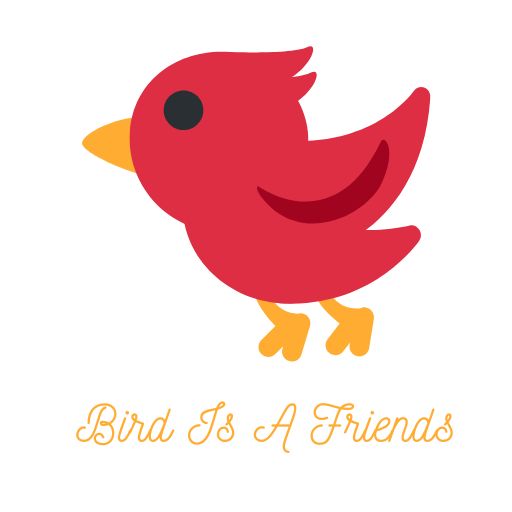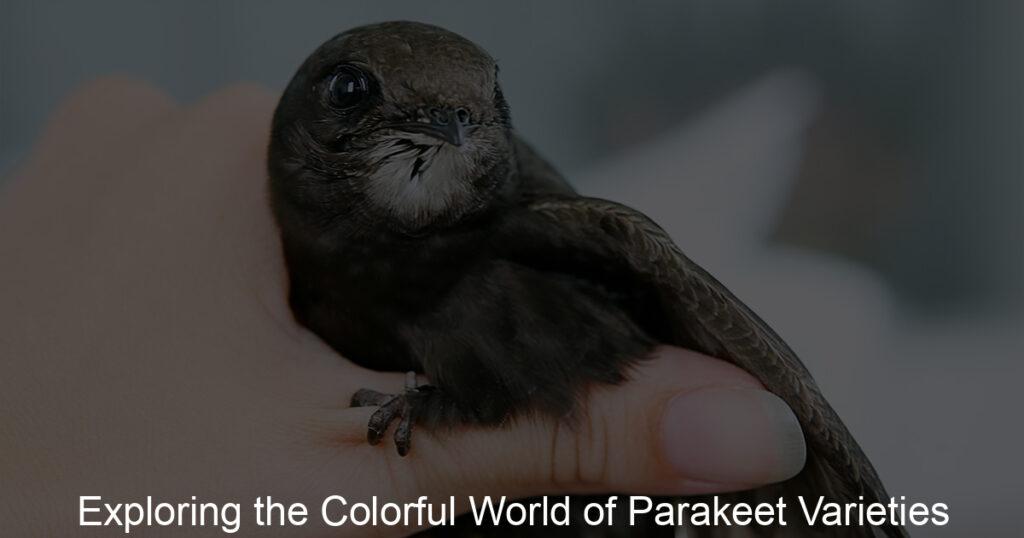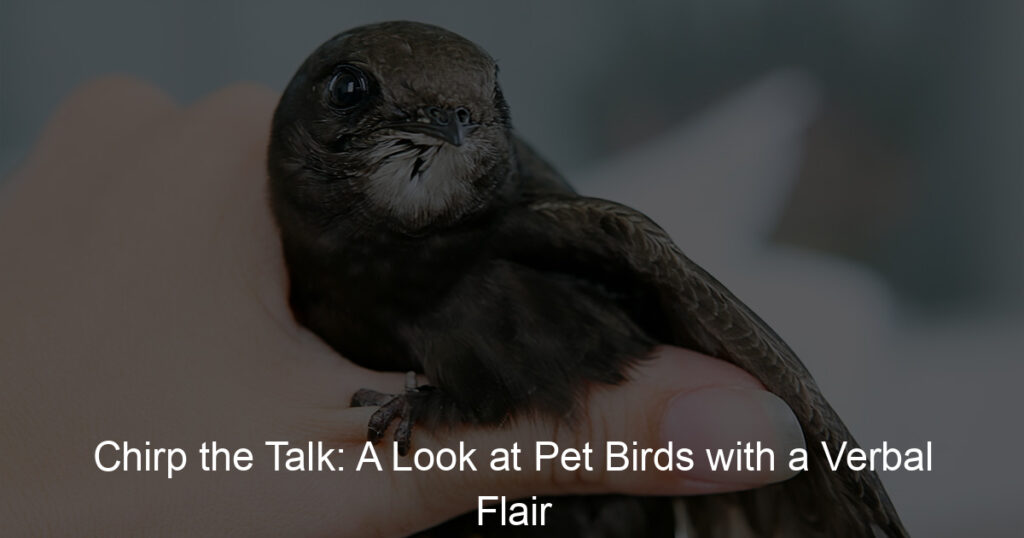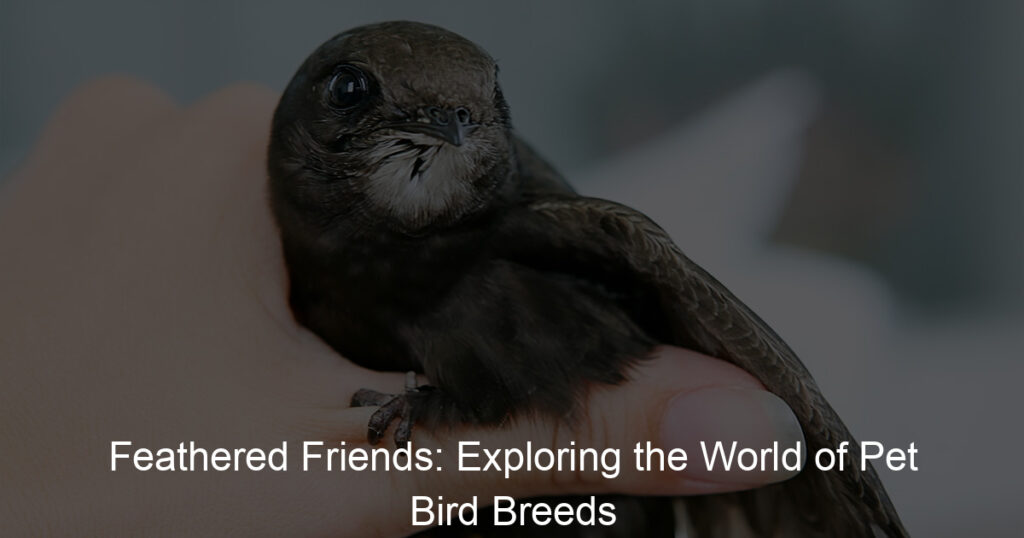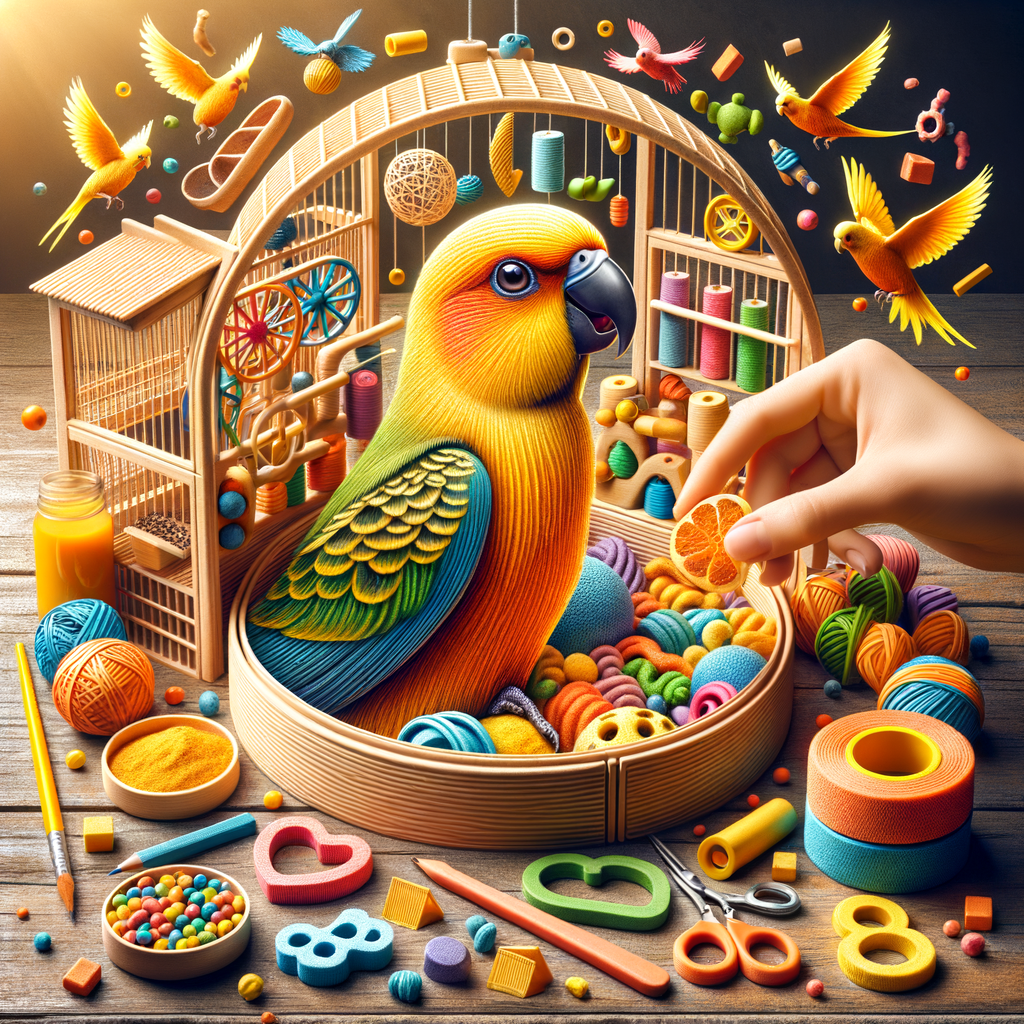
Introduction to Pet Parakeet Care
Welcome to the exciting world of pet parakeets! These vibrant, social birds make wonderful companions. However, owning a pet parakeet requires a significant commitment. It’s essential to understand what your new feathered friend will need to live a happy, healthy life.
- Understanding the commitment of owning a pet parakeet
- Importance of providing a suitable environment for your parakeet
Parakeets, also known as budgies, are intelligent and lively birds. They require daily interaction and mental stimulation. As a parakeet owner, you’ll need to dedicate time each day to play with and train your bird. Parakeets can live up to 15 years, so it’s a long-term commitment. They also need a balanced diet and regular vet check-ups to stay healthy.
Creating a suitable environment for your parakeet is crucial. They need a spacious cage where they can fly and play. The cage should be in a quiet, well-lit area of your home, away from drafts and direct sunlight. Parakeets also need a variety of toys to keep them entertained and mentally stimulated. Additionally, they need fresh food and water daily.
By understanding the commitment and providing a suitable environment, you can ensure your parakeet thrives. In the following sections, we’ll delve deeper into the specifics of parakeet care, including diet, health, cage setup, and toys. So, let’s embark on this delightful pet journey together!
My Delightful Pet Journey: Raising a Parakeet
Embarking on the journey of raising a parakeet is an exciting and rewarding experience. These small, colorful birds are known for their intelligence and sociability. However, like any pet, they require careful consideration and preparation. Here are the first steps to bringing home a parakeet.
Bringing Home a Parakeet: First Steps
- Choosing the right parakeet
- Preparing your home for the new member
Choosing the right parakeet is the first step in your pet journey. Parakeets come in a variety of colors and personalities. Some are more active and playful, while others are more relaxed and quiet. It’s important to spend some time observing potential pets to find one that matches your lifestyle and personality.
Before bringing your new parakeet home, it’s crucial to prepare your home for its arrival. This includes setting up a suitable cage with plenty of room for the bird to fly and play, and ensuring the environment is safe and free from hazards such as open windows or toxic plants. It’s also a good idea to have a selection of toys and perches ready for your new pet.
Bringing home a parakeet is a delightful journey filled with learning and bonding. By choosing the right bird and preparing your home, you’re setting the stage for a rewarding relationship with your new feathered friend.
Understanding Pet Parakeet Behavior
Parakeets are delightful little creatures, full of personality and charm. Understanding their behavior can help you build a stronger bond with your feathered friend. Let’s explore some common parakeet behaviors and how to interact with your pet parakeet.
- Common parakeet behaviors and what they mean
- How to interact with your parakeet
- Talk to your parakeet: Parakeets are social creatures and love to communicate. Spend time each day talking to your parakeet. They may even learn to mimic your words!
- Play with your parakeet: Provide toys for your parakeet to play with. This will keep them entertained and help them burn off energy.
- handle your parakeet gently: Always handle your parakeet gently and with care. Avoid sudden movements that could scare them.
- Respect their space: Just like us, parakeets need their own space sometimes. If your parakeet retreats to a corner of the cage, give them some time alone.
Parakeets display a variety of behaviors that can tell you a lot about their mood and health. Here are a few common ones:
| Behavior | Meaning |
|---|---|
| Chirping and Singing | This is a sign of a happy and content parakeet. |
| Preening | Parakeets preen to keep their feathers clean and in good condition. |
| Fluffing up feathers | This could mean your parakeet is trying to keep warm or is feeling relaxed. However, if they remain fluffed for a long time, it could be a sign of illness. |
| Head bobbing | Parakeets often bob their heads when they are excited or want attention. |
Interacting with your parakeet is key to building a strong bond. Here are a few tips:
Understanding your parakeet’s behavior and knowing how to interact with them will help you form a deep and rewarding relationship with your feathered friend. Remember, every parakeet is unique, so take the time to learn and appreciate your pet’s individual personality.
Parakeet Training: Building a Bond
Training your parakeet not only enhances your bond but also stimulates their mind, keeping them happy and healthy. Let’s explore two fundamental training techniques: teaching your parakeet to step up and training them to talk.
-
Teaching Your Parakeet to Step Up
Teaching your parakeet to step up onto your finger is a vital part of parakeet training. It’s a simple command that helps establish trust between you and your feathered friend.
Start by placing your finger gently against your parakeet’s lower chest, just above their feet. Use a soft, encouraging voice to say “step up.” Initially, your parakeet may be wary, but with patience and consistency, they will soon understand the command and respond accordingly.
Remember, never force your parakeet. If they seem uncomfortable, give them some space and try again later. Positive reinforcement, like treats or praises, can also be beneficial in this training process.
-
Training Your Parakeet to Talk
Parakeets are known for their ability to mimic human speech. Training your parakeet to talk can be a fun and rewarding experience for both of you.
Start by choosing a quiet, comfortable room for training. Speak clearly and slowly to your parakeet, repeating the same word or phrase. It’s best to start with simple words like “hello” or “good bird.”
Remember, parakeets are more likely to mimic sounds they hear often. Therefore, consistency is key. Repeat the words during each training session and throughout the day. With time, your parakeet will start to mimic the sounds you make.
It’s important to note that not all parakeets will talk, and that’s perfectly okay. The goal of training is to enhance your bond and provide mental stimulation for your parakeet, not to turn them into a chatterbox.
| Training Technique | Key Points |
|---|---|
| Teaching Your Parakeet to Step Up | Use a soft voice and gentle touch, be patient and consistent, use positive reinforcement. |
| Training Your Parakeet to Talk | Choose a quiet room, speak clearly and slowly, repeat words often, be consistent, respect your parakeet’s comfort level. |
In conclusion, training your parakeet can strengthen your bond and provide them with mental stimulation. Remember, patience and consistency are key in this process. Happy training!
Parakeet Diet: What to Feed Your Feathered Friend
One of the most important aspects of caring for your parakeet is ensuring they have a balanced and nutritious diet. What you feed your feathered friend can greatly impact their health and happiness. Let’s delve into the essential nutrients your parakeet needs and the safe and unsafe foods for them.
- Essential nutrients for a parakeet
Parakeets, like all birds, require a variety of nutrients to stay healthy. These include:
- Proteins: Proteins are essential for growth and repair of body tissues. They can be found in foods like seeds, nuts, and legumes.
- Vitamins and Minerals: These are necessary for various bodily functions. Fruits and vegetables are a good source of these nutrients.
- Fats: Fats provide energy and help absorb vitamins. They can be found in seeds and nuts.
- Carbohydrates: Carbohydrates provide energy and are found in grains and fruits.
Remember, a balanced diet is key. Too much of one nutrient and not enough of another can lead to health problems.
- Safe and unsafe foods for parakeets
Knowing what foods are safe and unsafe for your parakeet is crucial. Here’s a quick guide:
| Safe Foods | Unsafe Foods |
|---|---|
| Fruits (apples, bananas, berries) | Avocados |
| Vegetables (carrots, broccoli, peas) | Chocolate |
| Seeds and nuts (in moderation) | Alcohol |
| Grains (rice, oats, quinoa) | Caffeine |
Always remember to thoroughly wash fruits and vegetables before feeding them to your parakeet to remove any pesticides. Also, avoid feeding them anything with added salt or sugar.
Feeding your parakeet a balanced diet of safe foods will go a long way in keeping them healthy and happy. Always consult with a vet if you’re unsure about a certain food.
Parakeet Health: Keeping Your Bird Happy and Healthy
Keeping your parakeet happy and healthy is one of the most important parts of pet ownership. Parakeets, like all pets, can face a variety of health issues. Understanding these issues and knowing how to recognize the signs of illness can help you ensure your bird lives a long, healthy life.
Common Health Issues in Parakeets
Parakeets can suffer from a range of health issues. Some of the most common include respiratory problems, digestive issues, and feather plucking. These issues can be caused by a variety of factors, including poor diet, stress, and lack of exercise.
- Recognizing signs of illness
- When to take your parakeet to the vet
Recognizing the signs of illness in your parakeet is crucial for their health. Some common signs of illness in parakeets include changes in their behavior, loss of appetite, and changes in their droppings. If your parakeet is acting strangely or showing any of these signs, it’s important to take them to the vet as soon as possible.
It’s important to take your parakeet to the vet at the first sign of illness. This can help prevent the illness from progressing and causing further harm to your bird. If your parakeet is showing signs of illness, don’t wait to seek professional help. The sooner your bird gets the care they need, the better their chances of recovery.
In conclusion, keeping your parakeet healthy involves understanding common health issues, recognizing signs of illness, and knowing when to seek veterinary care. By staying informed and proactive, you can help ensure your parakeet lives a long, happy life.
Parakeet Cage Setup: Creating a Comfortable Home
Creating a comfortable home for your parakeet is essential to their happiness and health. This involves choosing the right cage size and providing essential cage accessories. Let’s explore these important aspects in detail.
-
Choosing the Right Cage Size
-
Essential Cage Accessories
- Perches: Parakeets need perches of varying diameters to rest and exercise their feet. Avoid using plastic perches as they can cause foot problems.
- Food and Water Dishes: These should be easily accessible and easy to clean. Some cages come with built-in dishes, but you can also buy separate ones.
- Toys: Parakeets are intelligent and playful birds. They need toys to keep them mentally stimulated and physically active. Choose toys that are safe and suitable for parakeets.
- Cuttlebone or Mineral Block: These provide essential minerals and help keep your parakeet’s beak in good condition.
Choosing the right cage size for your parakeet is crucial. Parakeets are active birds and they need enough space to move around, play, and stretch their wings. A cage that is too small can lead to stress and health issues. The minimum recommended cage size for a parakeet is 18x18x18 inches, but bigger is always better. Remember, the cage should be wider than it is tall because parakeets like to fly horizontally.
Once you have chosen the right cage, it’s time to fill it with essential accessories. These include:
Remember, the cage should be cleaned regularly to maintain a healthy environment for your parakeet.
In conclusion, creating a comfortable home for your parakeet involves choosing the right cage size and providing essential cage accessories. This will ensure your feathered friend is happy, healthy, and has plenty of space to play and explore.
Parakeet Toys and Accessories: Enriching Your Bird’s Life
Parakeets are intelligent and playful creatures that require mental stimulation to lead a happy and healthy life. Providing your bird with a variety of toys and accessories can significantly enhance their quality of life. Let’s explore how to choose the right toys for your parakeet.
Choosing the Right Toys for Your Parakeet
When selecting toys for your parakeet, it’s essential to consider the safety of the materials and the level of interaction the toy can provide. Here are some key factors to keep in mind:
- Safe materials for parakeet toys
- Interactive toys to keep your parakeet entertained
Parakeets love to chew and nibble on their toys. Therefore, it’s crucial to ensure that the materials used in the toys are safe and non-toxic. Wood, leather, and natural fibers are excellent choices. Avoid toys with small parts that can be easily swallowed or cause choking. Also, steer clear of toys with sharp edges or points that could injure your bird.
Interactive toys are a great way to keep your parakeet mentally stimulated and physically active. Look for toys that encourage problem-solving, such as puzzle toys, or toys that involve movement, like swings and ladders. Mirrors can also be a fun addition, as parakeets often enjoy interacting with their own reflection. Remember, variety is key. Regularly rotating different toys can keep your parakeet’s environment exciting and enriching.
In conclusion, choosing the right toys for your parakeet is an essential aspect of their care. By providing safe materials and interactive toys, you can ensure your bird leads a happy, healthy, and enriched life.
| Toy Type | Benefits |
|---|---|
| Wooden Toys | Safe to chew, helps to keep beak trimmed |
| Puzzle Toys | Encourages problem-solving, provides mental stimulation |
| Swings and Ladders | Promotes physical activity, improves balance and coordination |
| Mirrors | Provides companionship, encourages interaction |
Conclusion: Reflecting on the Joy of Pet Parakeet Ownership
As we conclude our journey through the delightful world of pet parakeet ownership, it’s time to reflect on the joys and challenges that come with this responsibility. Owning a parakeet is a rewarding experience that brings a unique kind of happiness. However, it also comes with its own set of challenges that require patience and understanding.
- The rewards and challenges of owning a parakeet
One of the biggest rewards of owning a parakeet is the companionship they offer. These birds are known for their friendly and social nature, making them excellent companions. They are also intelligent and can be trained to perform various tricks, which can be a fun and rewarding experience.
However, parakeets also require a lot of care and attention. They need a balanced diet, regular exercise, and a clean and comfortable living environment. It’s also important to spend quality time with your parakeet to build a strong bond. These challenges can be demanding, but they are also part of what makes owning a parakeet so rewarding.
- Why a parakeet makes a delightful pet
Parakeets are delightful pets for many reasons. Their vibrant colors and lively personalities can brighten up any home. They are also relatively easy to care for compared to other pets, making them a great choice for first-time pet owners.
Parakeets are also known for their ability to mimic human speech, which can be both entertaining and endearing. With proper training, your parakeet can learn to say a variety of phrases and even sing songs. This unique ability, combined with their friendly and social nature, makes parakeets a joy to have around.
In conclusion, owning a parakeet is a rewarding experience filled with joy and challenges. It requires commitment and patience, but the companionship and happiness that a parakeet brings make it all worthwhile. So, if you’re considering getting a pet, a parakeet could be the perfect choice for you.
